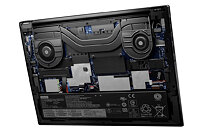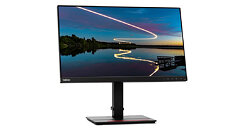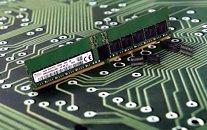Aetina Accelerates Embedded AI with High-performance, Small Form-factor Aetina IA380E-QUFL Graphics Card
Aetina, a leading Edge AI solution provider, announced the launch of the Aetina IA380E-QUFL at Embedded World 2024 in Nuremberg, Germany. This groundbreaking product is a small form factor PCIe graphics card powered by the high-performance Intel Arc A380E GPU.
Unmatched Power in a Compact Design
The Aetina IA380E-QUFL delivers workstation-level performance packed into a low-profile, single-slot form factor. This innovative solution consumes only 50 W, making it ideal for space and power-constrained edge computing environments. Embedded system manufacturers and integrators can leverage the power of 4.096 TFLOPs peak FP32 performance delivered by the Intel Arc A380E GPU.
Unmatched Power in a Compact Design
The Aetina IA380E-QUFL delivers workstation-level performance packed into a low-profile, single-slot form factor. This innovative solution consumes only 50 W, making it ideal for space and power-constrained edge computing environments. Embedded system manufacturers and integrators can leverage the power of 4.096 TFLOPs peak FP32 performance delivered by the Intel Arc A380E GPU.













































